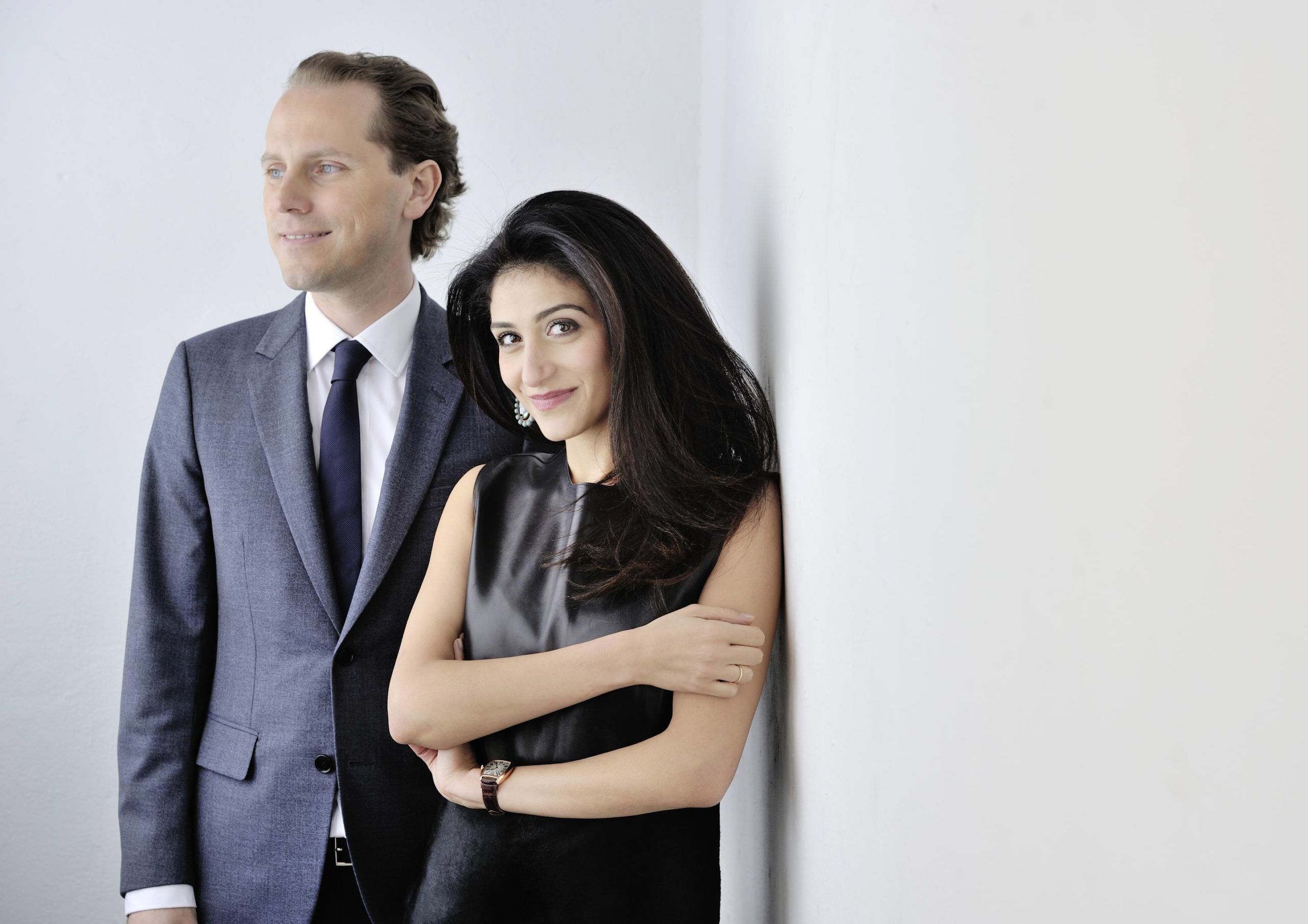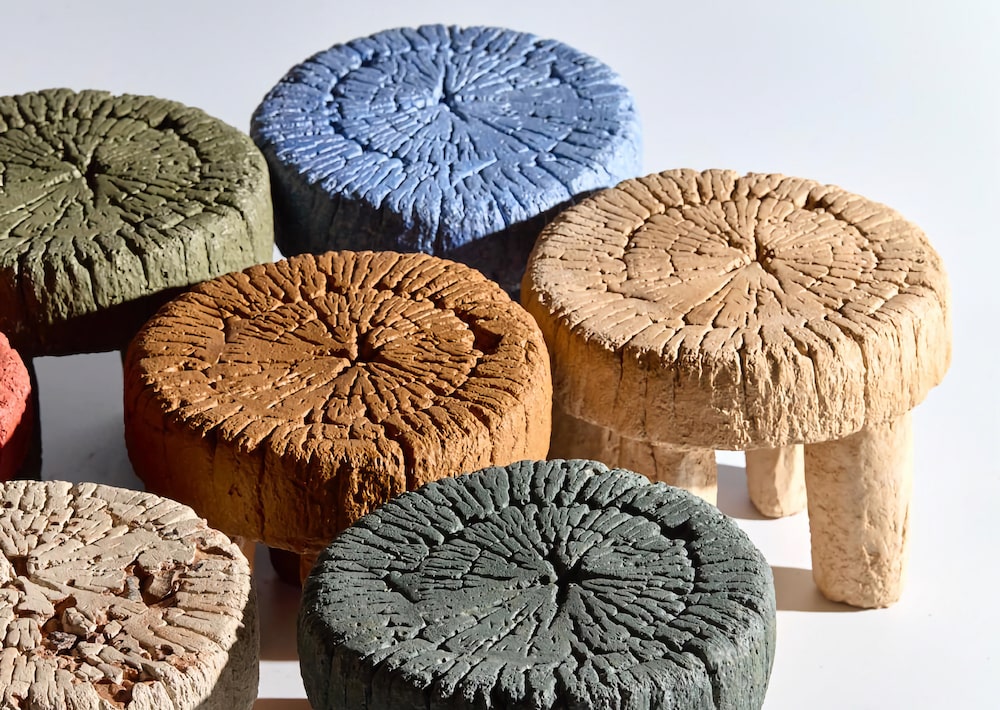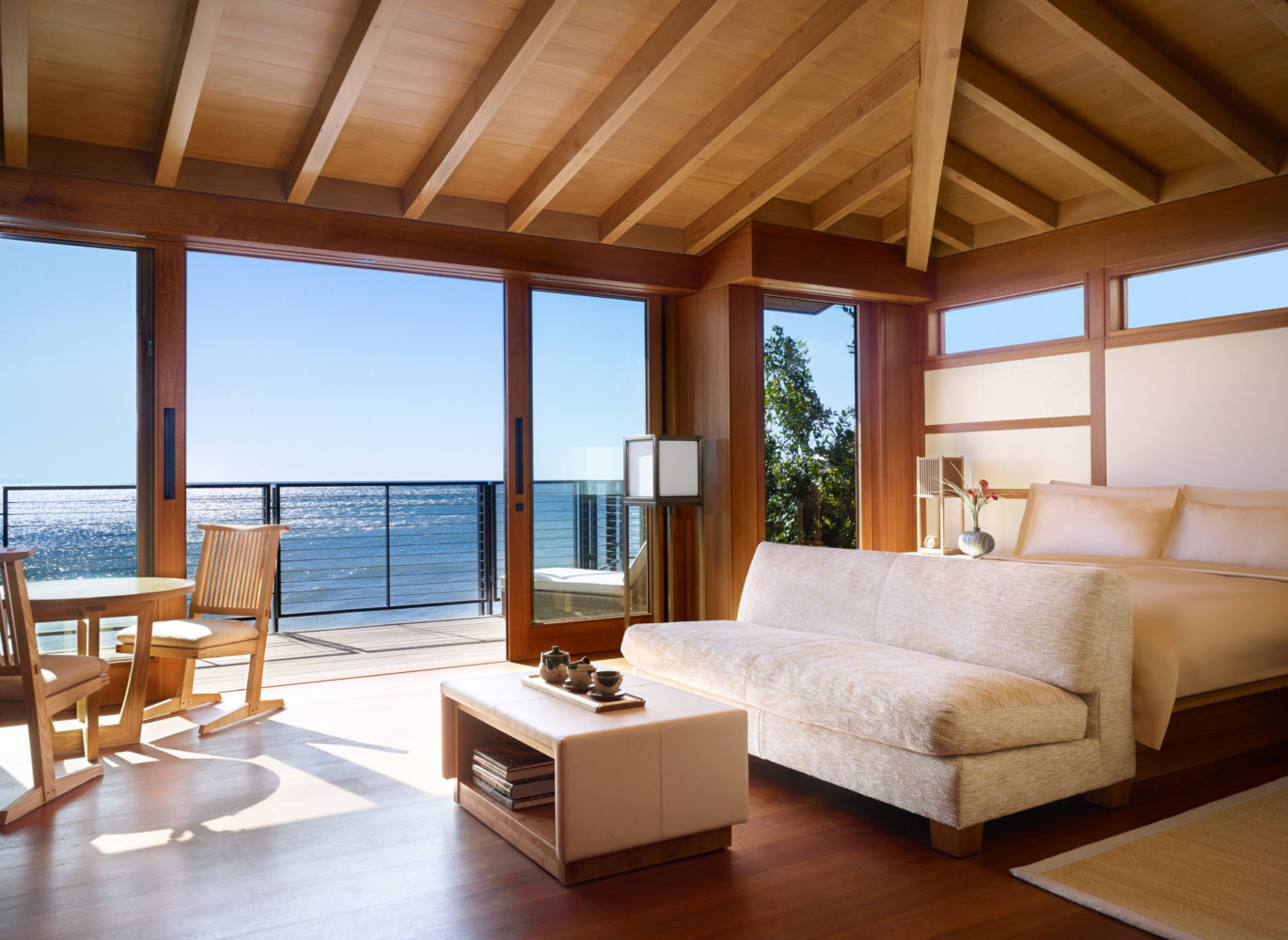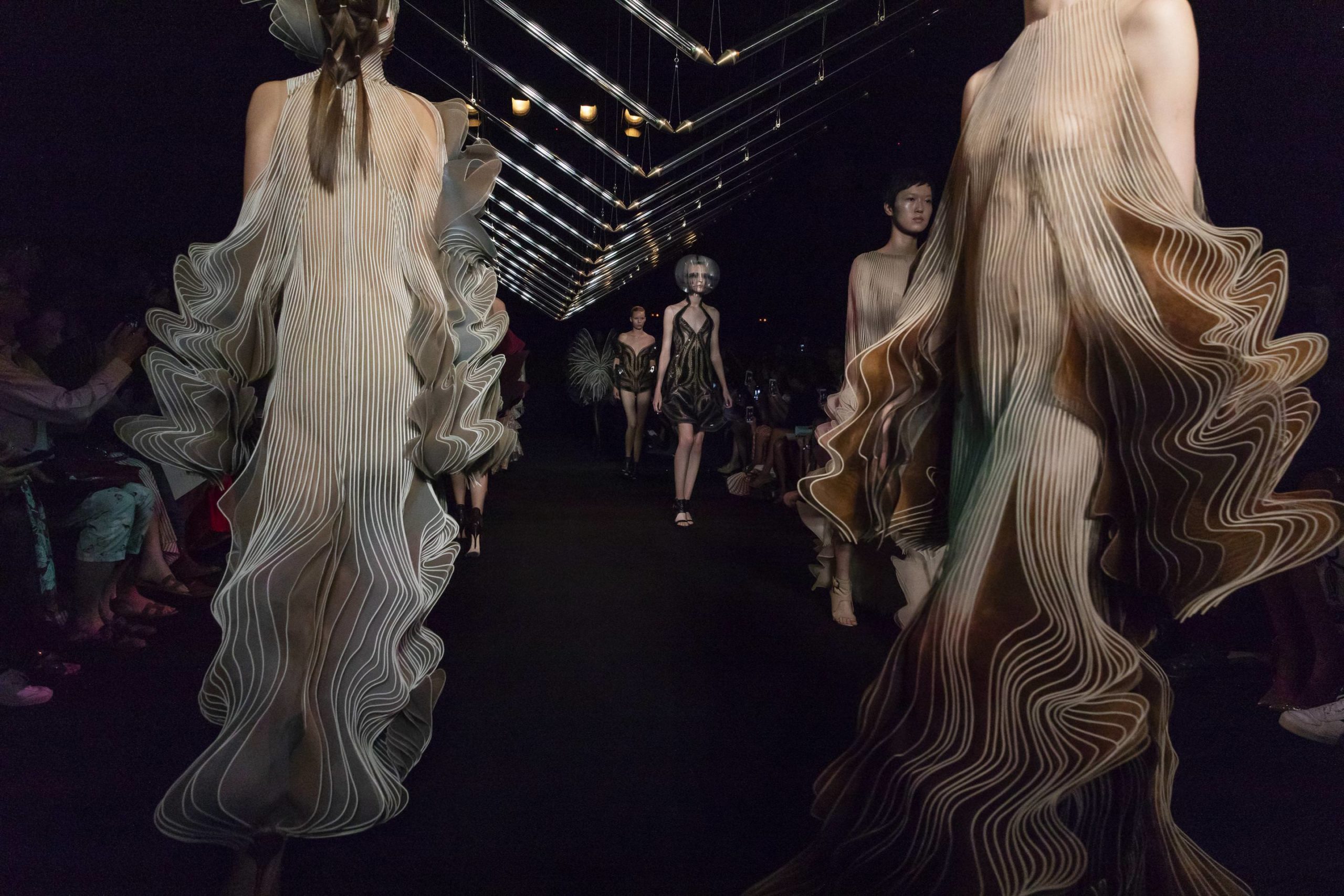This year, the Munich-based jewelry brand Hemmerle is celebrating its 125th anniversary. Originally founded by brothers Anton and Joseph Hemmerle as a medal design and by-hand manufacturing company, the brand is now directed by husband-and-wife duo Christian (a fourth-generation family member) and Yasmin Hemmerle. Today, Hemmerle still makes an honorary medal for the state of Bavaria, the Maximilian Order awarded for science and arts.
Whitewall spoke with the directors about the jewelry house’s new collection and about how beauty guides gemstone choices.
WHITEWALL: Tell us a bit about how Hemmerle is celebrating its 125th anniversary. During your TEFAF Spring presentation, we saw many new pieces reflecting the brand’s heritage. Was there something in particular the brand wanted to highlight?
YASMIN HEMMERLE: The history of the company is the medals. We wanted to celebrate that, and in our archives we had embossing stamps, which were used to create medals. We constantly walked by them year after year and never paid much attention to them, just admired them. And we had the perfect thing—all these embossing stamps. We dug them out to create a collection in honor of the 125th anniversary, in honor of the history and the medals.
We picked the embossing stamps and then we worked backward, as we always do. We looked at over 250 and picked out the ones that spoke to us. We also wanted to use today’s materials and bridge the history from then to now by housing it in new designs.
WW: The new collection, “Revived Treasures,” was presented in October during TEFAF Fall, and it shines light on Egyptian culture. Tell us a bit about that.
YH: I am Egyptian and grew up in Cairo. I have always been mesmerized by my country’s unrivaled firmament of historic sites jeweled with pyramids, temples, and dazzling color. The amuletic power of Egyptian jewels, with their fascinating symbols and stories, stylized simplicity, and timeless design, are the source of inspiration in “Revived Treasures.”
In it, several pieces of ancient Egyptian faience and objects find new homes in contemporary design. We particularly like how the natural decay in objects shows the traces of time. Jewelry carried a profound significant in ancient Egyptian culture—it was used not only for adornment but also as a symbol of protection. “Revived Treasures” uses motifs such as the lotus flower, which opens its petals to the sun each morning, symbolizing creation and rebirth, and the fly, to honor bravery.
WW: You often incorporate unusual materials, like wood and aluminum. What is a material you’re still fascinated by?
CH: Iron. It’s a good example of something that is very tactile. We get very
excited.
WW: Is the stone always the starting point for a design?
YH: Yes, most of the time. We worked with my father-in-law and he taught us never to squeeze the stone into a design. The stone should inspire you, and you work around it. If you have something perfect in front of you, why do you need to restrict it? Then, you ask, “Am I going to make a ring? A necklace? Do I need a second one to make earrings? Am I going to combine materials?” Then, “Which colors?” It should house everything we stand for—the material, the combination, the craftsmanship, and the design.
WW: Aluminum is such a unique material, and one not often used. When was the first time you used it?
YH: The first time we used it was for a diamond ring. Trying different materials, weight is obviously a factor to consider and aluminum is the perfect material. It’s super lightweight. It’s a perfect example of how a dense material could be very light and achieve multiple colors. It’s not a very easy metal to control, so we like the process. You think you have the color and then it comes out totally different.
WW: What’s the hardest material to control?
CH: Aluminum. Copper is also tricky. But that’s what we like about them. You sometimes have positive surprises. Each piece is hand-drawn, and they evolve. The goldsmiths enjoy it, too, because we draw at and then it’s a language they have to decipher into three dimensions. Each piece we make, we learn new techniques.
WW: What decisions has the brand made to ensure the company is sustainable?
YH: In Germany, if you learn a craft, there is something called an apprentice program. This is one element we try every year to do, and we are very proud of it. This program is three and a half years, where young people are taught a craft—20 percent in school and 80 percent at the workplace. They study the basic principles because that’s important to the craft. We give them the basic skill set to be in their job whether they stay with us or move on. It is very important to give back to society when craft might generally be outsourced to machines or other countries.
WW: We are now facing a time where mass production is very prominent, and even something like sourcing and choosing materials can be done by machine. When you’re doing so by hand, which quality must a gemstone have to be chosen?
CH: Beauty. My father told us, “The stone will speak to you.” That is what it is. You see a lot of things, but it’s a low percentage of things that really speak to us. But they do. The right ones do.










